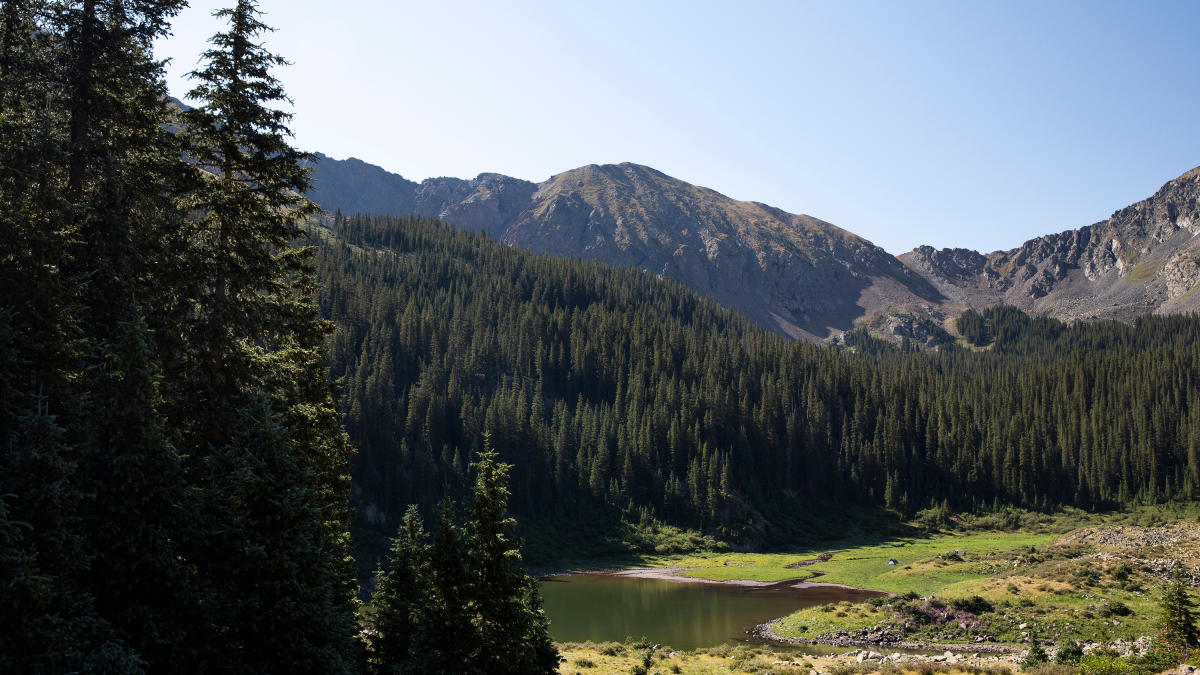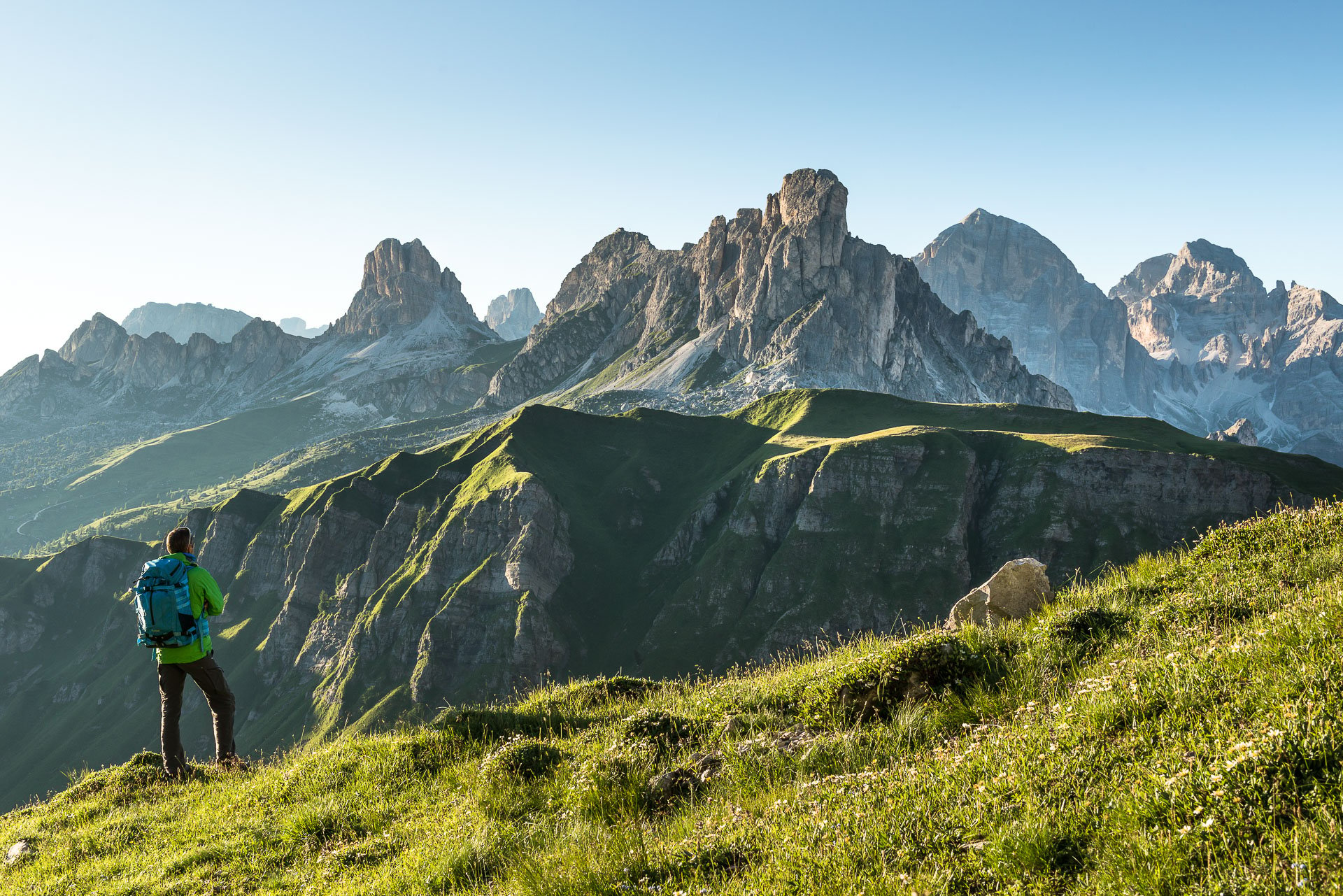New Mexico hiking offers a diverse landscape of stunning trails, from high-altitude peaks to ancient canyons. Whether you’re a seasoned hiker or a weekend warrior, the Land of Enchantment provides unforgettable experiences. This guide explores the best trails, seasonal considerations, safety tips, and unique adventures awaiting you in New Mexico’s breathtaking wilderness.
From challenging climbs with rewarding panoramic views to gentler strolls through lush forests and dramatic deserts, New Mexico caters to all skill levels. We’ll delve into the specifics of planning your trip, ensuring you’re well-prepared for an amazing and safe hiking experience. Get ready to discover the magic of New Mexico’s trails!
Hiking in Different Seasons in New Mexico
New Mexico’s diverse geography offers a wide range of hiking experiences, but the ideal time to hit the trails varies significantly depending on location and elevation. Understanding the seasonal changes in weather and trail conditions is crucial for a safe and enjoyable adventure. From the high alpine peaks to the low desert landscapes, each season presents unique challenges and rewards.
Seasonal Hiking Considerations in New Mexico
New Mexico’s varied climate means that planning your hike around the season is paramount. The best time to hike often depends on your chosen location and your tolerance for extreme temperatures. High-elevation trails will generally be snow-covered for a longer period than lower-elevation trails.
Spring Hiking in New Mexico
Spring in New Mexico brings wildflowers and warmer temperatures to lower elevations, making it a popular time to hike. However, higher elevations can still experience snow and ice.
- Ideal Hiking Times: April-May for lower elevations; June-July for higher elevations (depending on snowmelt).
- Necessary Gear: Layers of clothing (temperatures can fluctuate), waterproof jacket, sturdy hiking boots, sunscreen, hat, plenty of water.
- Trail Accessibility: Many trails are accessible in spring, but check for recent snow reports and potential mud or water crossings, especially at higher elevations.
Summer Hiking in New Mexico
Summer brings intense heat, especially in the lower desert regions. Higher elevations offer more moderate temperatures, but even there, afternoon thunderstorms are common.
- Ideal Hiking Times: Early morning or late evening for lower elevations; anytime for higher elevations, but be prepared for afternoon showers.
- Necessary Gear: Plenty of water (more than you think you’ll need!), sunscreen, hat, sunglasses, light-colored clothing, hiking poles (for stability on uneven terrain), first-aid kit.
- Trail Accessibility: Most trails are accessible, but be aware of potential flash floods in canyons and washes after rain.
Autumn Hiking in New Mexico
Autumn offers crisp air, stunning fall foliage at higher elevations, and comfortable hiking temperatures. This is a highly popular time for hiking.
- Ideal Hiking Times: September-October, though some higher elevation trails may be accessible into November depending on snowfall.
- Necessary Gear: Layers of clothing (temperatures can cool down quickly in the evenings), sturdy hiking boots, waterproof jacket, sunscreen, hat, insect repellent.
- Trail Accessibility: Most trails are accessible, but be aware of potential early snowfall at higher elevations.
Winter Hiking in New Mexico
Winter hiking in New Mexico requires specialized gear and experience. Many trails are inaccessible due to snow and ice.
- Ideal Hiking Times: Limited to lower elevation trails with minimal snow accumulation; microspikes or snowshoes may be necessary.
- Necessary Gear: Waterproof and insulated clothing, warm hat and gloves, sturdy winter hiking boots with good traction, microspikes or snowshoes (depending on snow conditions), ice axe (for steeper terrain), navigation tools (GPS, map, compass), plenty of water and high-energy snacks.
- Trail Accessibility: Many trails are closed or impassable in winter. Check trail conditions before heading out.
A Trail Through the Seasons: Example – The Santa Fe National Forest
Imagine the scenic Dale Ball Trails in the Santa Fe National Forest. In spring, the trail is a vibrant tapestry of wildflowers, with melting snow still clinging to shady areas. Summer brings lush greenery, the scent of pine, and the possibility of afternoon thunderstorms. Autumn paints the Aspens in brilliant gold and red, contrasting with the evergreens.
Winter transforms the trail into a snow-covered wonderland, demanding specialized gear and experience. The same trail offers completely different experiences depending on the time of year.
Unique Hiking Experiences in New Mexico

New Mexico offers a diverse range of hiking experiences, extending beyond the stunning landscapes to encompass rich history and vibrant culture. These trails provide opportunities to connect with the state’s unique past and appreciate the natural beauty interwoven with human stories. Exploring these paths allows for a deeper understanding and appreciation of New Mexico’s heritage and environment.Exploring these trails unveils a deeper appreciation for New Mexico’s blend of natural beauty and cultural significance.
Three Unique Hiking Experiences in New Mexico
New Mexico’s unique trails offer diverse experiences. Below is a table summarizing three noteworthy hikes, highlighting their distinct features and ideal visiting times.
| Experience Name | Location | Unique Feature | Recommended Time of Year |
|---|---|---|---|
| Bandelier National Monument Trails | Los Alamos | Ancestral Puebloan cliff dwellings and unique canyon landscape. | Spring or Fall (avoid summer heat) |
| Ice Caves Trail | near Capitan | Exploring a network of ice caves within a mountain, offering a unique cool respite in warmer months. | Late Spring to Early Fall (ice presence varies) |
| Casas Grandes Ruins | near Casas Grandes, Chihuahua (Mexico, but easily accessible from NM) | Exploration of the significant archaeological site of the Paquimé culture, offering a glimpse into a pre-Columbian civilization. | Spring or Fall (avoid extreme heat) |
Cultural Significance of Bandelier National Monument Trails, New mexico hiking
The Bandelier National Monument Trails offer a profound connection to the Ancestral Puebloan people who inhabited the area for centuries. The well-preserved cliff dwellings, kivas, and petroglyphs provide tangible evidence of their sophisticated culture and adaptation to the environment. Hiking these trails isn’t just a physical activity; it’s a journey through time, allowing visitors to appreciate the ingenuity and resilience of a civilization that thrived in this challenging landscape.
The petroglyphs, for instance, tell stories, record events, and offer glimpses into their spiritual beliefs. The construction of the cliff dwellings themselves, skillfully carved into the canyon walls, is a testament to their architectural prowess and understanding of their environment. Visiting Bandelier offers a powerful and respectful connection to a rich and significant cultural heritage, offering a stark contrast to many modern landscapes.
The experience provides an understanding of sustainable living and the lasting impact of human civilization on the environment.
Finish your research with information from hiking trails app.
Planning a Multi-Day Hiking Trip in New Mexico

Planning a multi-day backpacking trip in New Mexico requires careful preparation to ensure a safe and enjoyable experience. The state offers diverse landscapes, from high-altitude mountains to arid deserts, each presenting unique challenges. Thorough planning, including permits, reservations, and packing, is crucial for a successful adventure.
Sample 3-Day Backpacking Itinerary: Gila National Forest
This itinerary focuses on the Gila National Forest, known for its rugged beauty and diverse trails. It’s important to note that trail conditions and availability can change, so always check current conditions before embarking on your trip. This is a suggested itinerary and may need adjustments based on your fitness level and experience.
Day 1: Begin at the designated trailhead (specific trailhead to be determined based on chosen trail, research beforehand is vital). Hike approximately 6 miles to the designated campsite near the Gila River (campsite selection dependent on permit and availability). Expect a moderate elevation gain. Estimated hiking time: 4-6 hours.
Day 2: Explore the surrounding area. A short day hike to a nearby viewpoint or along the river is recommended. This allows for flexibility and relaxation. Estimated hiking time: 2-4 hours. Spend the evening at the campsite.
Day 3: Hike approximately 6 miles back to the trailhead. This section will likely involve some descent. Estimated hiking time: 4-6 hours.
Obtaining Permits and Making Campsite Reservations
Many areas in New Mexico’s national forests and wilderness areas require permits for overnight backpacking. These permits often limit the number of people and groups allowed in specific areas to protect the environment and resources. Reservations for campsites may also be necessary, especially during peak season. It’s crucial to contact the relevant land management agency (e.g., the U.S.
Forest Service, the Bureau of Land Management) well in advance of your trip to inquire about permit requirements, obtain necessary documentation, and make any necessary reservations. Some areas may operate on a first-come, first-served basis, while others may require advanced booking through online systems or visitor centers. Be prepared to provide information about your group size, planned itinerary, and emergency contact details.
Efficient Packing for a Multi-Day Hiking Trip in New Mexico
Packing efficiently is key to a comfortable and successful backpacking trip. New Mexico’s diverse climate necessitates packing layers to adapt to changing conditions. Consider these essentials:
Clothing: Moisture-wicking base layers, insulating mid-layers (fleece or down jacket), waterproof and windproof outer shell, hiking pants or shorts, warm socks (wool or synthetic), hat, gloves, and sturdy hiking boots.
Gear: Backpack (appropriately sized for your trip), tent or other shelter, sleeping bag rated for expected temperatures, sleeping pad, cooking stove and fuel, cookware and utensils, water filter or purification tablets, headlamp or flashlight, first-aid kit, map and compass or GPS device, sunscreen, insect repellent, and a knife or multi-tool.
Food: Choose lightweight, non-perishable foods that are high in calories and easy to prepare. Examples include dehydrated meals, energy bars, nuts, dried fruit, and oatmeal.
Weather Considerations: New Mexico weather can be unpredictable, especially at higher elevations. Be prepared for sudden changes in temperature, including potential for extreme heat during the day and cold nights. Check the forecast before you go and pack accordingly. Consider bringing extra layers, rain gear, and possibly even snow gear if hiking at higher altitudes during colder months.
Terrain Considerations: The terrain can vary significantly depending on the location. Pack sturdy hiking boots suitable for the expected conditions. Trekking poles can be beneficial for stability and reducing strain on your knees, especially on uneven or steep trails.
Exploring New Mexico’s hiking trails is an adventure that will leave you breathless, both from the exertion and the stunning beauty. Remember to plan ahead, prioritize safety, and embrace the unique character of each trail. Whether you’re drawn to the rugged peaks of the north or the sun-drenched deserts of the south, New Mexico’s hiking opportunities are as varied and captivating as the state itself.
So pack your boots, grab your water bottle, and get ready to experience the thrill of New Mexico’s incredible hiking trails!
General Inquiries: New Mexico Hiking
What’s the best time of year to hike in New Mexico?
Spring and fall generally offer the most pleasant weather for hiking in most areas, but this varies by region and elevation.
Do I need a permit to hike in New Mexico?
Permits are required for some trails and areas, particularly for overnight backpacking trips. Check with the relevant land management agency before you go.
What should I do if I encounter wildlife on the trail?
Maintain a safe distance from all wildlife. Never approach or feed animals. Carry bear spray in bear country and know how to use it.
How do I prepare for altitude sickness?
Ascend gradually, stay hydrated, and avoid strenuous activity on your first day at high altitudes. Consider taking altitude sickness medication if prescribed by a doctor.
:max_bytes(150000):strip_icc()/hiking-new-mexico-531004334-f69618aa9e964979a9c485899f248a53.jpg)


